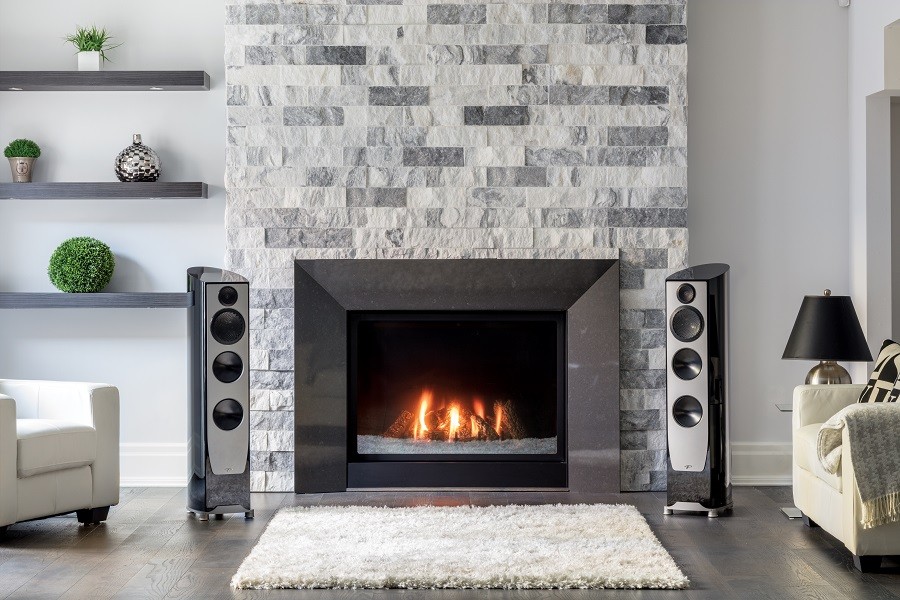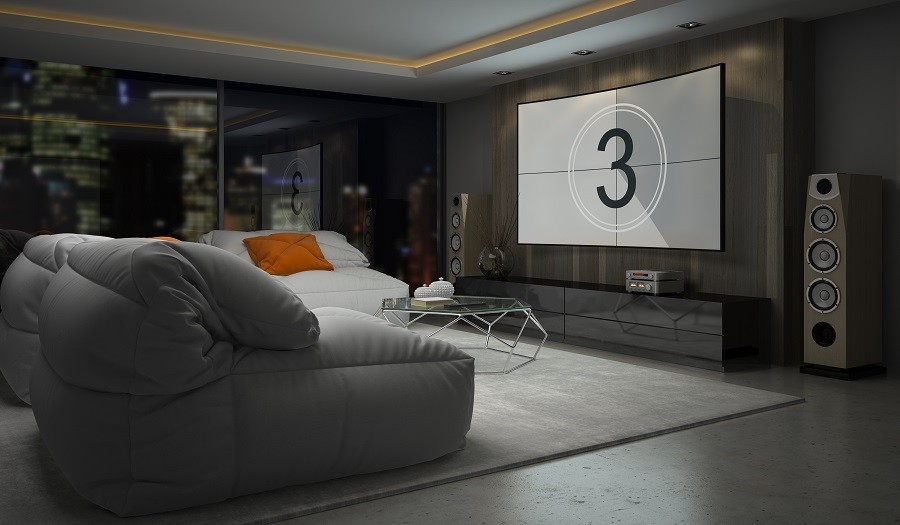Plus, Explore Some of Our Favorite High-End Audio Brands
Thanks to the internet, we need never be without music. Millions of songs live in our pockets, waiting to be played. In fact, music enthusiasts today might hail the internet for making quality music so easy to access, especially as more streaming services offer lossless high-fidelity audio formats.
Even so, no musical experience compares to that of a live concert. Whether you’re head-banging to the Foo Fighters or being serenaded by the Utah Symphony, live music truly immerses you in the moment. It elicits an emotional response that you can’t get from listening to music through a phone or earbuds.
If you crave the concert experience but enjoy the accessibility of music, then consider a 2-channel home sound system. Keep reading to learn what sets 2-channel audio apart and explore a few of our most cherished audio brands.



